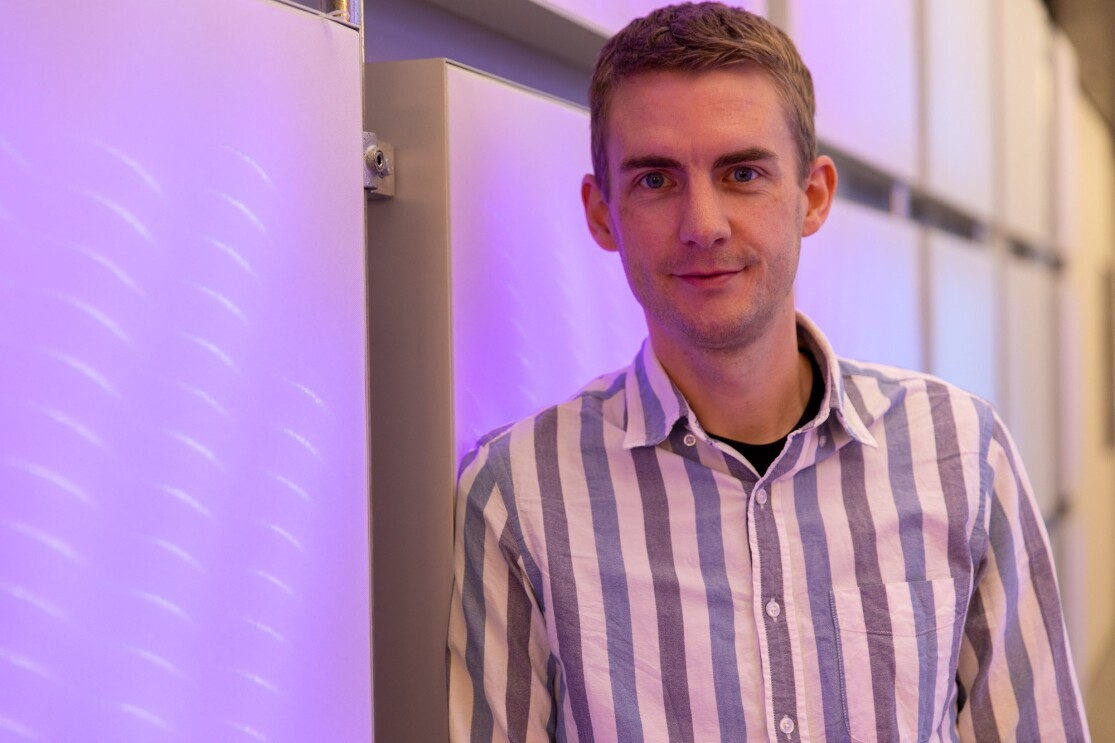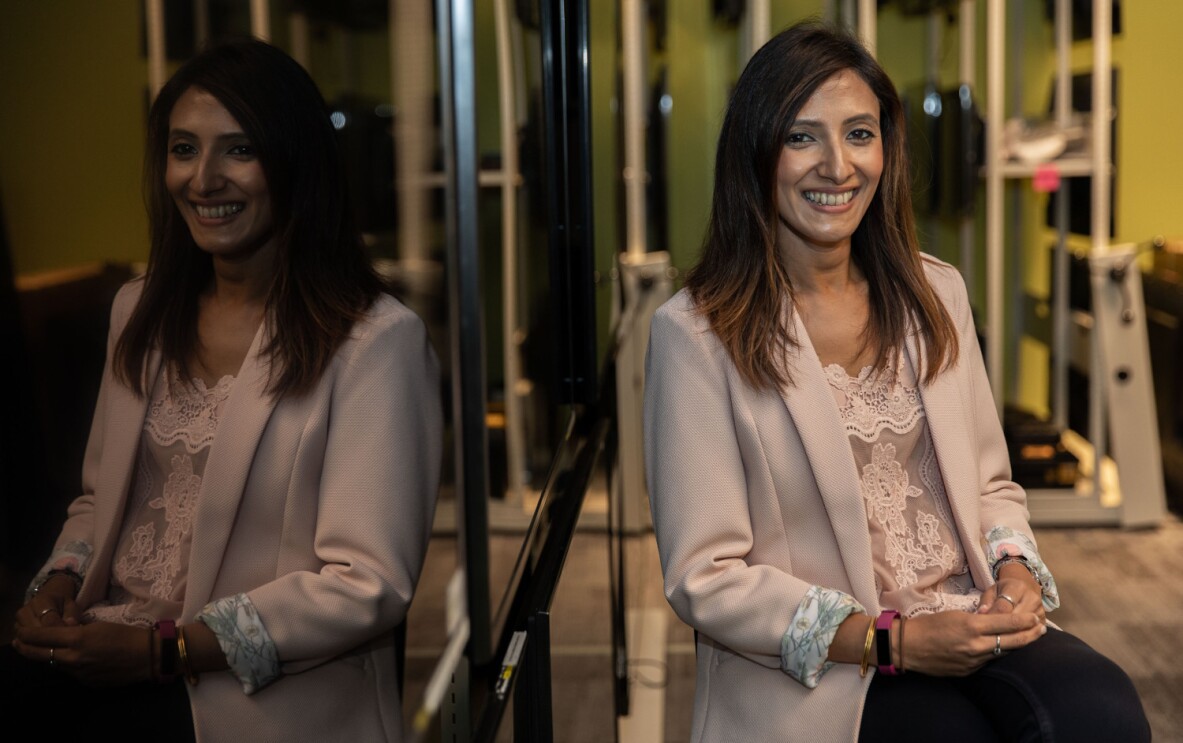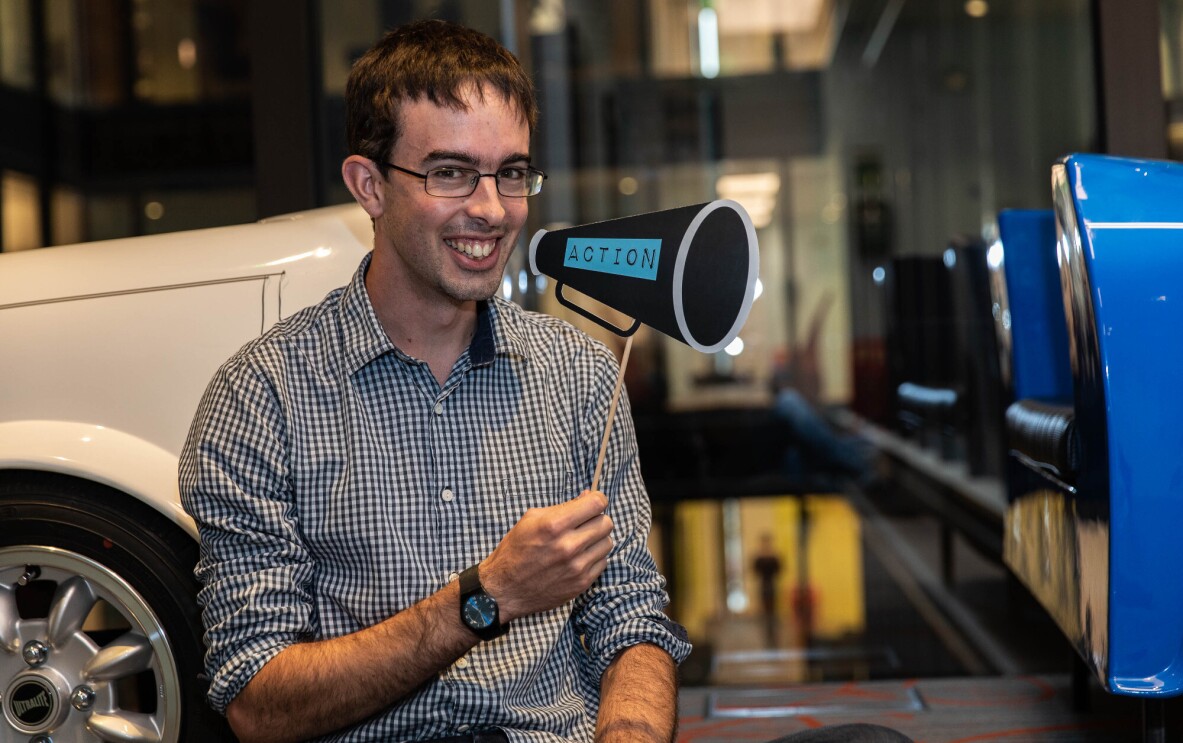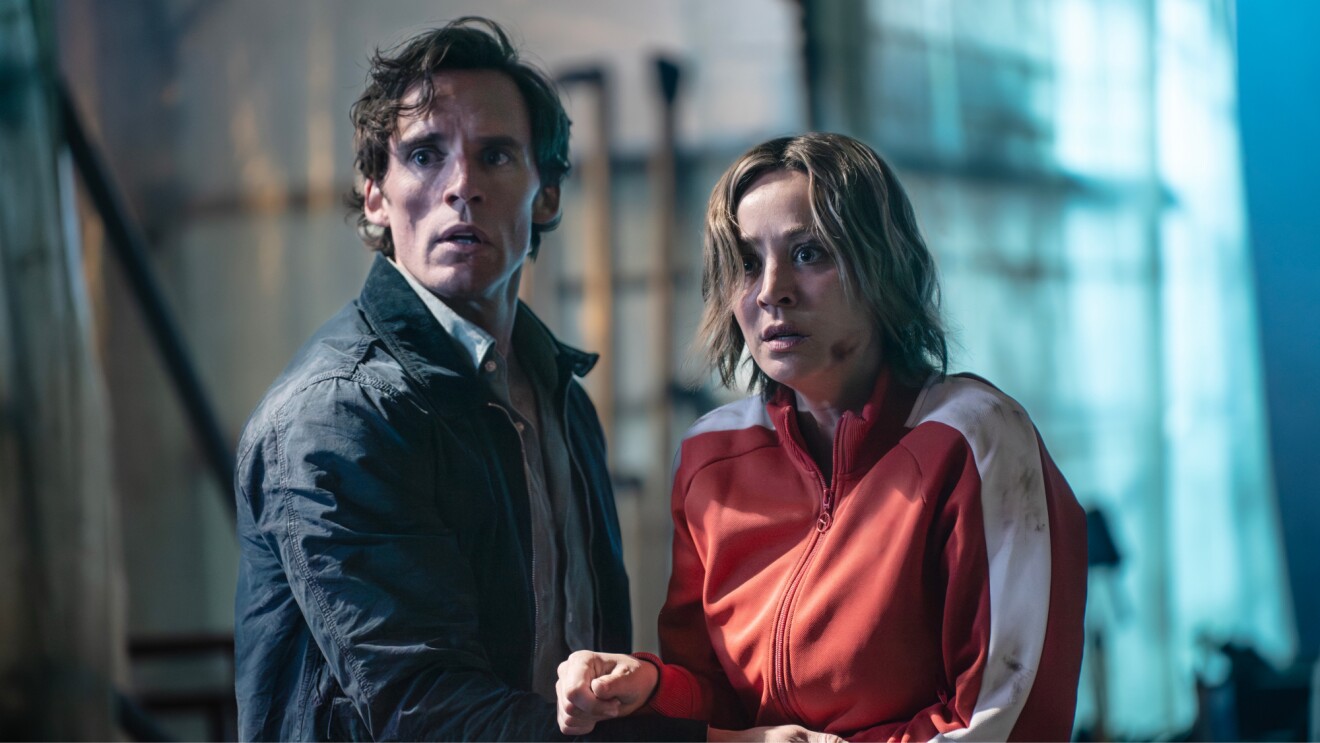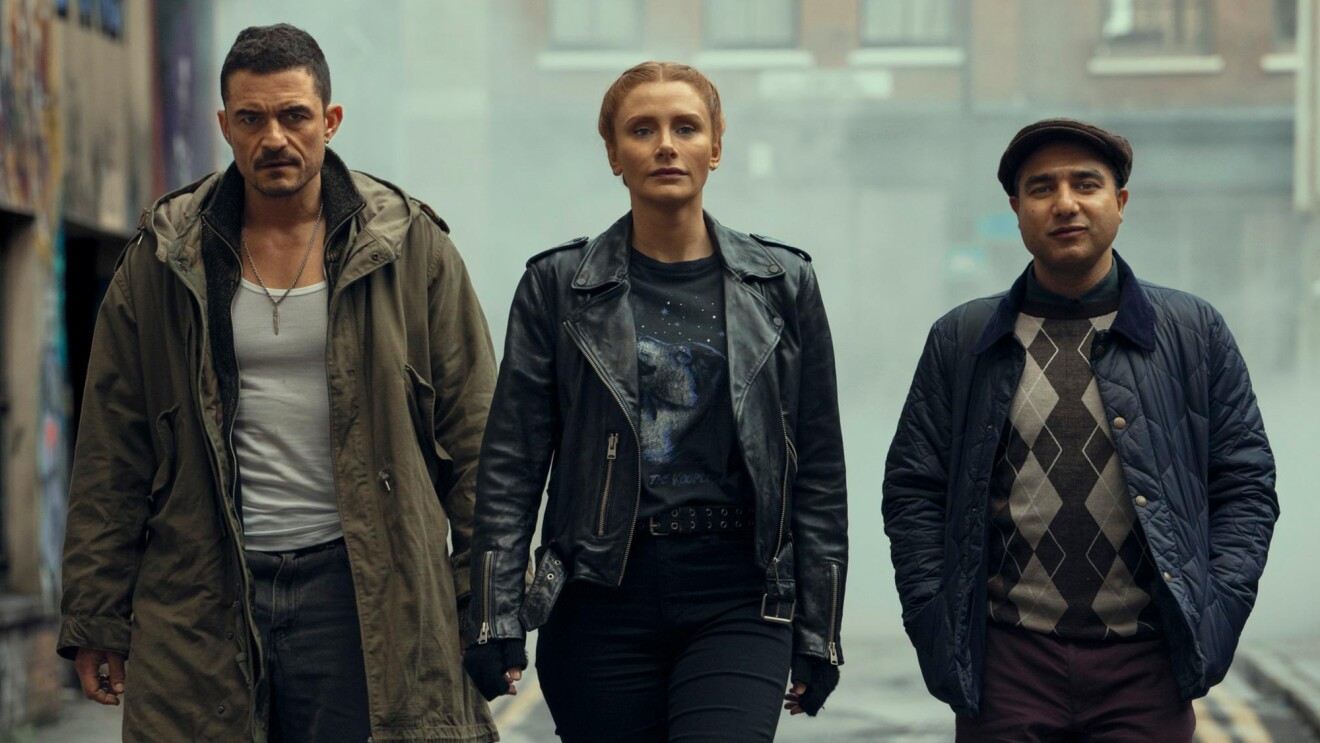We have all been there: coming home after a long day at work, we lock the world out, wear our most comfortable clothes and flop down on the sofa, ready to lose ourselves in our favourite TV show or finally watch that film everyone has been talking about. Streaming services like Amazon Prime Video have made it even easier for anyone to access a wide selection of TV shows and movies, no matter if we are sitting in London, Mumbai or Melbourne. What few of us realise, though, is the amount of highly sophisticated, ‘invisible’ tech work required to guarantee that seamless watching experience. Rightly so: as Sven Thomas puts it, a good user experience is one that “is so intuitive and frictionless that you don’t need to think about it”.
Click, play, enjoy
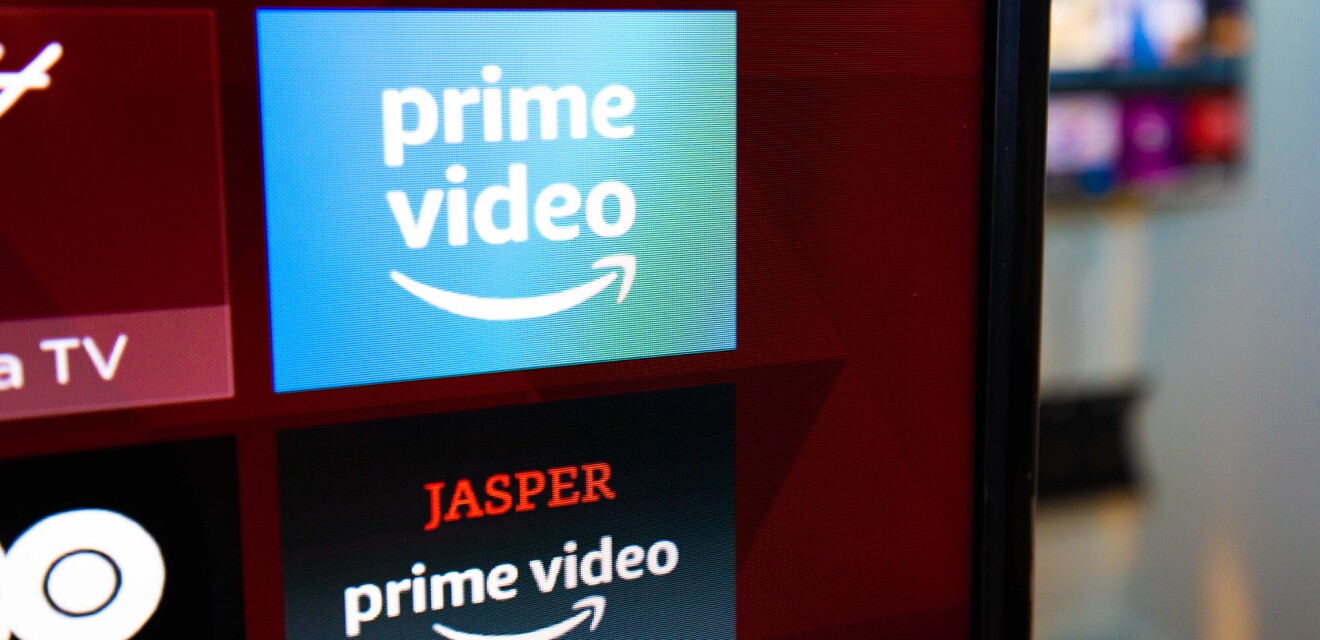 The Prime Video appPhoto by Jan Sassmannshausen
The Prime Video appPhoto by Jan SassmannshausenSven would know: he is a Senior Software Development Engineer at the Shoreditch Prime Video development centre, the next biggest Prime Video engineering hub in the world after the Seattle headquarters. Engineers working here are constantly exploring ways to enhance the experience of Prime Video customers – not only in the UK, but globally. Sven’s team works on the user interface of the Prime Video app for what they call ‘living room devices’, which range from smart TVs and videogame consoles to streaming players, smartphones and tablets. “Whenever you are watching Prime Video from your smart TV and you are interacting with the player, for instance searching and selecting a film, you are probably using my team’s software,” he smiles. Originally from Germany, Sven has been with Prime Video for over five years, working on well-loved features like X-Ray, the function that allows viewers to instantly access information about the actors playing in a certain film using information pulled directly from IMDb, or the little preview screen that appears when you’re skimming through a video, seeking a specific scene.
On the surface it’s all about making the player as intuitive and responsive as possible but, with Prime Video available in over 200 countries and territories around the world, the stakes are high: “Whenever we launch a new feature, we affect the experience of millions of customers,” Sven explains. “Ensuring that the experience is consistent for all of them is an incredibly complex challenge, but also a great motivator.” How does the team decide what new functionalities will be developed next? “Some priorities are decided by our managers, but engineers also have the autonomy to experiment and propose new features they would like to see, and many of these ideas end up becoming full-time projects. We also listen to requests coming from customers: that’s how we came up with our children protection system, for instance.”
Storing and testing thousands of devices

Every time a new feature is developed, it requires extensive testing to make sure that nothing breaks down during the user experience: a particularly hard task, considering that the app is supported by thousands of different devices – over 5,500 models at last count! To facilitate this delicate process, the teams coordinated by Kam Chaggar, Senior Technical Programme Manager, have set up several special storage and testing rooms within the Shoreditch building. “We are the builders of the group: we try to enable our engineers to innovate faster and at scale.” In the testing labs, hundreds of screens are used replicate what viewers see on their devices. Developers can either run manual tests, interacting with the player and checking the app’s response on different devices, or run automated tests remotely, without the need for anyone to be physically present in the room. This is the case for mass-scale tests, when a new feature is run thousands of times on hundreds of devices at a time, while engineers monitor the outcome from their laptops. “In the future, it will be possible to run this kind of test from other countries, too. Our ambition is to turn this into a global tool,” she explains.
One of the projects Kam is most proud of is the storage facility, a spacious area hosting hundreds of models of screens, from the latest smart TV to a couple of bulky, archaic-looking televisions. “We work with so many different models and chipsets that, when a customer experiences an issue, it can be difficult to identify the exact same device they’re using to fix the bug. As we were brainstorming ideas to make it easier, I came up with the idea of a library.” The result is a wide room equipped with rows of manually movable shelves, where screens are neatly organised and easy to find. “At Amazon we call this process ‘working backwards’: we start from a real customer need, an opportunity to change the way people do things. From there, you start imagining how the solution will look and how to get there. It is quite effective.”
01 / 04
Partnering with manufacturers
A frequent visitor of Kam’s labs is Silvia Dobrota, Software Developer Manager. Her team directly partners with device manufacturers all over the world, ensuring that the Prime Video app is fully integrated on their newest TV sets even before they are released. “It is exciting to see all the newest gadgets on the market, but they usually require quite a bit of testing and debugging,” she says. Working in a global capacity means that her team often participates in international events, like the launch of Prime Video in Japan, when their presence is essential to monitor the functioning of the app and fix any glitches. Something Silvia has learnt along the way is not to fear failure: “Mistakes happen, they are a normal part of the learning process. What matters is to consider them as lessons.”
The Romanian manager joined Amazon four years ago: “I started as an engineer and ended up managing my own team, which is pretty amazing. As a computer sciences student, I would never have imagined that one day I would travel around the world and have such an impact with my work,” she says. “And I get to watch a lot of good TV – that counts as quality assurance, right?”
Andy Jack also works with third party manufacturers, but his responsibility is to help verify that their devices are compliant with Amazon’s security requirements and no sensitive data is exposed. “Any new smart TV that comes with the Prime Video app pre-installed on it has probably been validated by my team,” he says. For Andy, 27, his role as a Software Development Engineer was the first ‘serious job’ after university, and a huge learning experience, not only in terms of technical skills. “Most of our day-to-day engineering work relies on and produces output to teams around the globe, which may be our external partners or our counterparts in Seattle and Beijing. The ability to communicate and work in a multicultural environment is key. Even within the London office we are an international bunch: you may have a chat with your teammate over lunch and end up discussing Hungarian politics. This exposure to different cultures and worldviews is very enriching.” Something Andy loves is the creative freedom that comes with his role: “One of Amazon’s leadership principles is ‘Learn and be curious’. In practice, once a fortnight we get to spend a full day trying out new things, learning new skills. Eventually, some of these experiments will become innovative solutions. One of my projects to improve our security process was born in this way.” When asked about the impact of his work, Andy just smiles: “We rarely stop and think about it, we are always so busy! But realising that every little change you make to the code can affect millions of people – that makes the challenge really interesting. It’s kinda cool!”
